The Doctor Who Virgin books were hugely successful in the 1990s when Doctor Who wasn’t on screen. Indeed, one of these proved so popular that it was adapted for the show’s third series in 2007, written by Paul Cornell. But how similar is ‘Human Nature’ to its original source material?
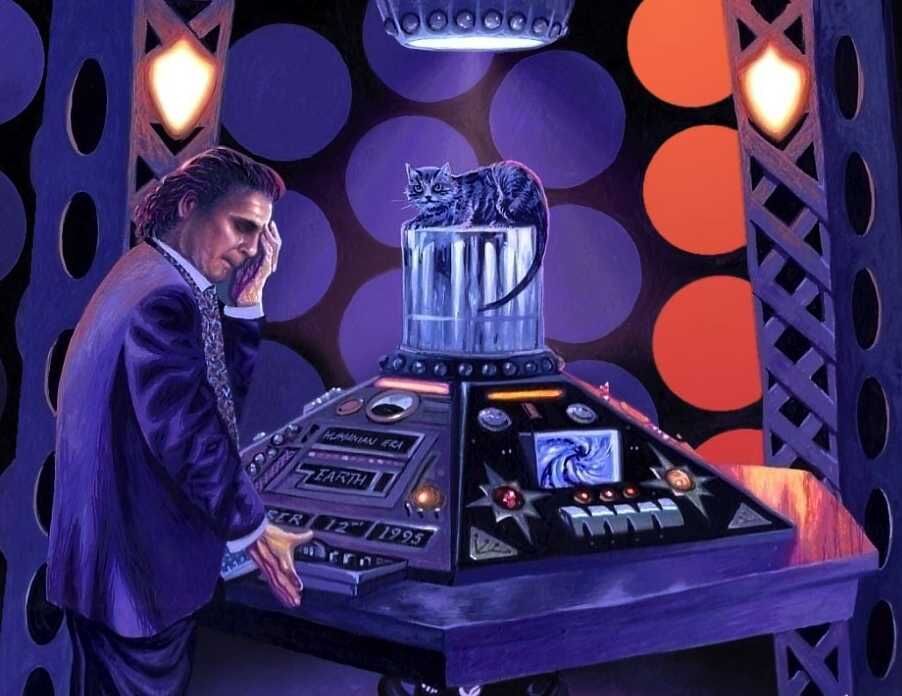
The initial range of Doctor Who Virgin books focused on the Seventh Doctor, picking up where the TV series left off in 1989. Obviously, by the time 2007 came around, the Time Lord had already regenerated three times (or four if you include the War Doctor) and so the Seventh Doctor was long gone – as indeed was his companion Benny Summerfield, who is one of the main characters in the ‘Human Nature’ novel.
But in her stead is the Tenth Doctor’s relatively new companion Martha Jones, played by Freema Agyeman – the Time Lord’s first black companion, whose presence triggered a new plot element in ‘Human Nature’ – that of racism. Indeed, Martha is frequently subjected to racist remarks as she carries out her work at the Farringham School for Boys (where is she is employed as a maid) and this marks the first time in the series’ history that an explicitly racist comment had been directed at a companion.
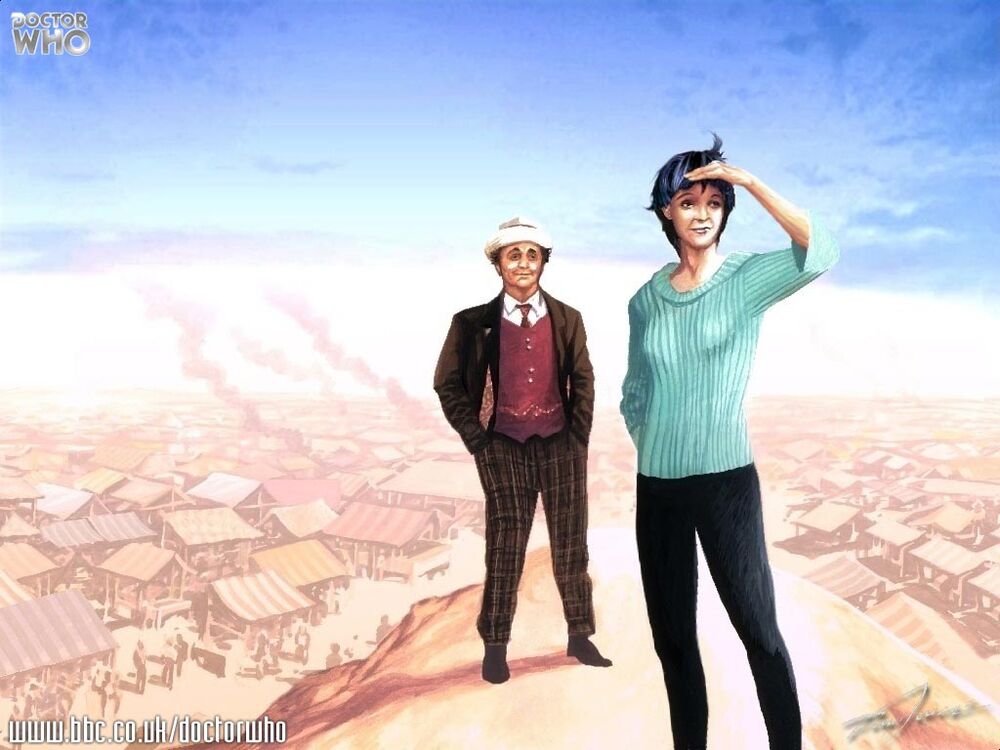
Otherwise, the basic premise of ‘Human Nature’ is the same as the one from the Doctor Who Virgin books series. In both versions, the Doctor is on the run from an evil alien race who are hoping to acquire his Time Lord abilities. And in order to escape detection, the Doctor transforms himself into a human called John Smith, and becomes a teacher at a boys school in the early 20th century. After falling love with a fellow teacher, he soon finds himself at the forefront of battle, as the school is attacked by the alien race. Ultimately, he is forced to transform back into the Doctor in order to defeat them.
But in the ‘Human Nature’ from the Doctor Who Virgin books, the alien race is slightly different. They are the Aubertides from the planet Aubris – a shape-shifting race that has disguised itself as a human family, including a young girl with a red balloon. In the novel, their clothes (and the items they are carrying) are actually extensions of their bodies, and the girl is able to use the red balloon as a weapon. Of course, the red balloon also features in the TV version, but only as a visual detail. In addition, the aliens in the Tenth Doctor story are simply referred to as The Family of Blood – although they could still be Aubertides.
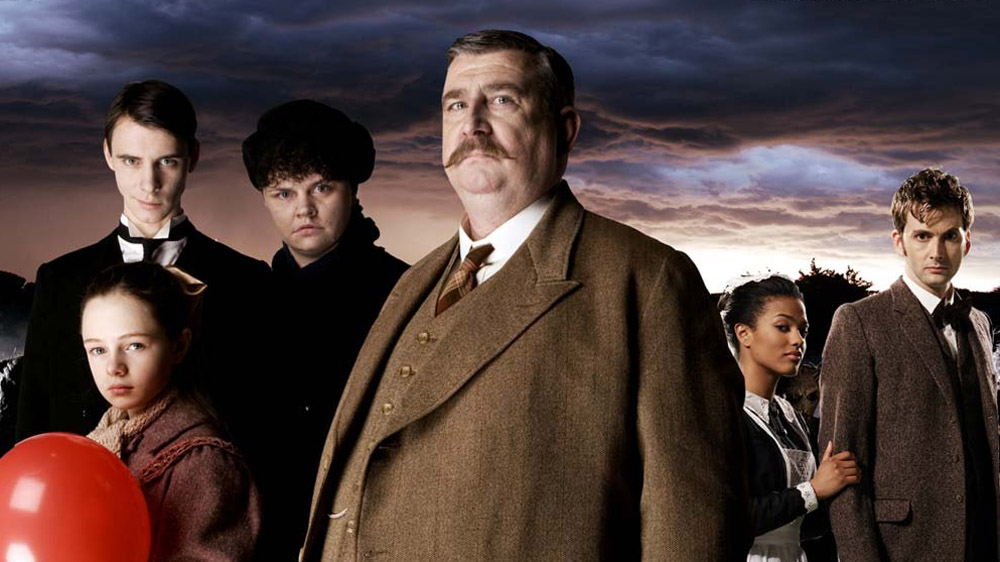
Then there are the scarecrows, which are absent from the Doctor Who Virgin books. In the TV adaptation of ‘Human Nature,’ these are mindless sentinels that are brought to life by the Family of Blood by the power of molecular fringe animation, and are used as foot soldiers. Apparently, these were added because the producer Russell T Davies wanted to include a traditional baddie in the story.
However, one constant in both versions is the character of Joan Redfern – a fellow teacher with whom John Smith forms a romantic relationship. And the Doctor Who Virgin books were particularly progressive in this respect; Paul Cornell’s novel would have featured one of the first instances (if not the very first instance) of the Doctor kissing another person out of love. This wouldn’t happen again until the 1996 TV movie in which the Eighth Doctor kisses his friend Grace after a whirlwind romance.
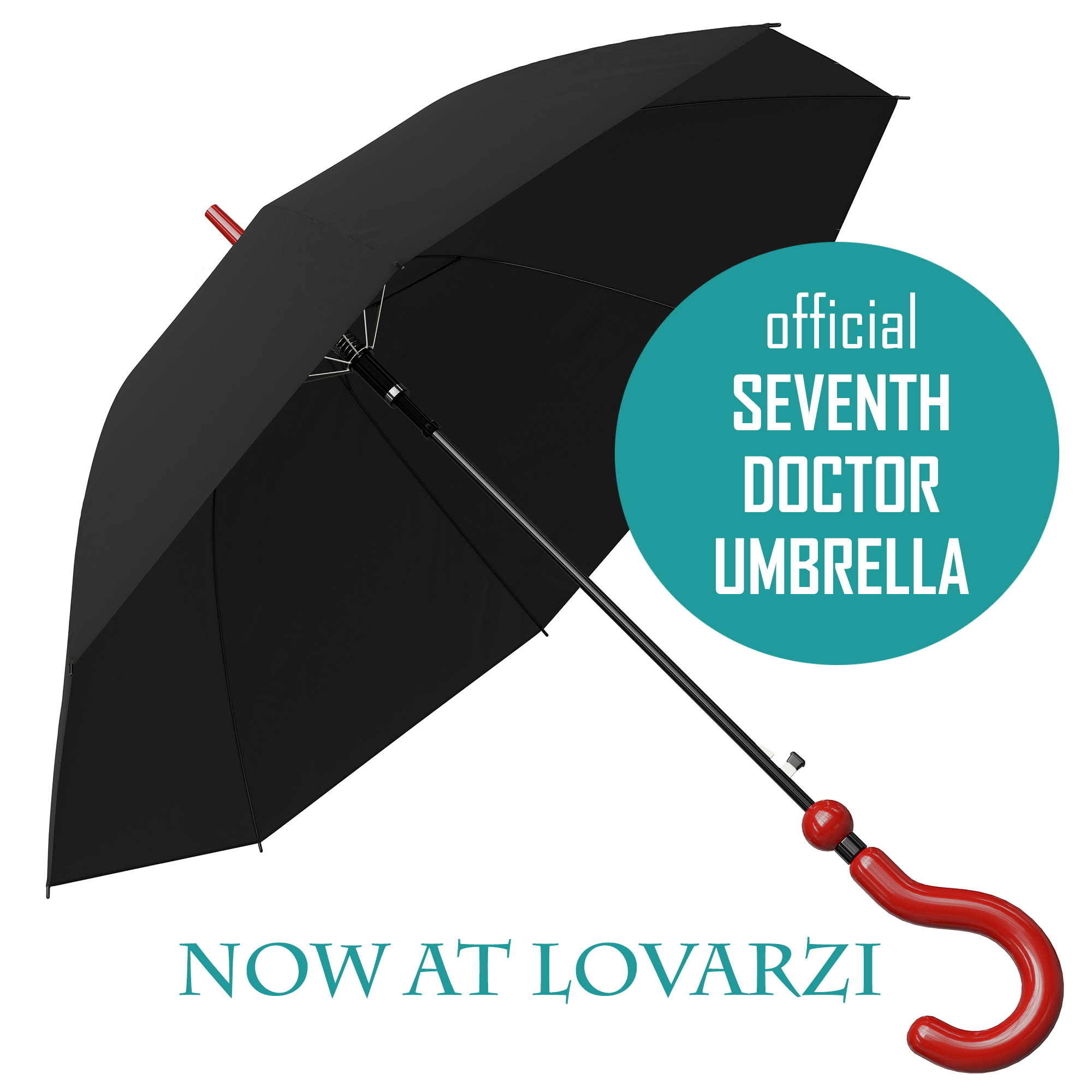
Of course, by the time the Tenth Doctor and Joan locked lips, he’d already kissed Rose Tyler, Captain Jack and Martha Jones, even if these instances could be explained away by the “necessities of the moment” (e.g. the Ninth Doctor had to kiss Rose in order to save her from the power of the time vortex.) And the John Smith in both versions of ‘Human Nature’ is quite clearly a different character – and not the Doctor himself – but it’s still an interesting plot point. In both the TV episode and the Doctor Who Virgin books, the Doctor wrestles with the same problem – he is a Time Lord, and cannot “love” someone in the way another human could.
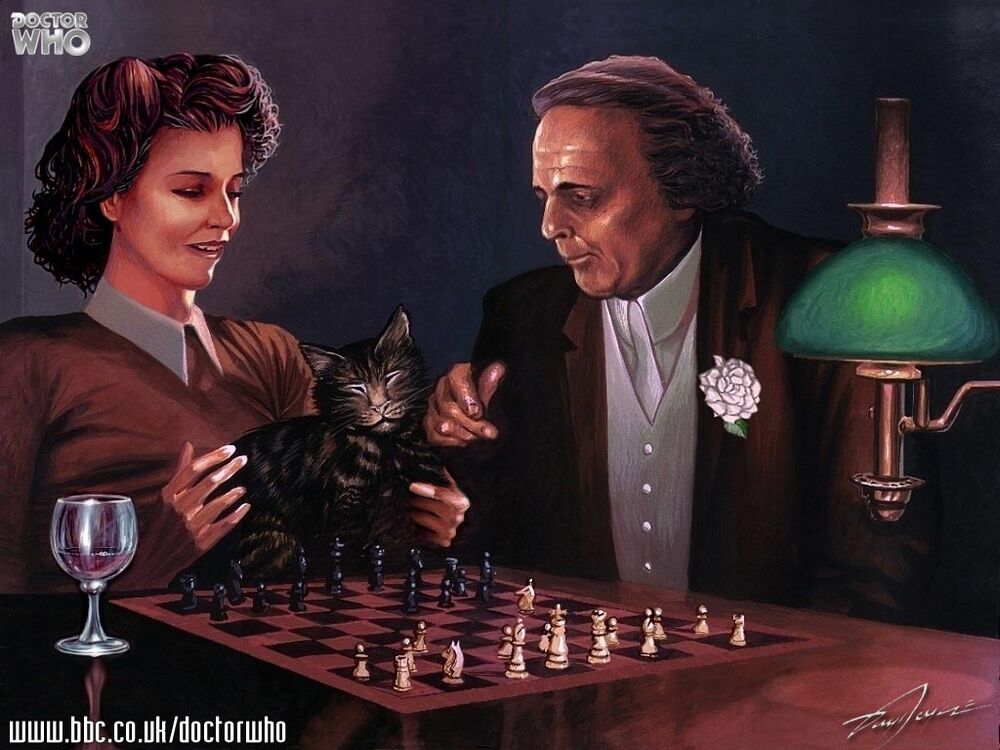
Then there is the Chameleon Arch, which doesn’t feature in the Doctor Who Virgin books. In the TV version of ‘Human Nature,’ this is a device which allows the Doctor to turn his Time Lord DNA into human, and comes complete with a fob watch which contains his true identity. Indeed, this device became an important plot point in the remainder of Series Three, with (spoiler alert) the mysterious Professor Yana using one in ‘Utopia’ to disguise the fact that he is the Master.
However, in Cornell’s novel, the Doctor simply uses a cricket ball to house his Time Lord essence – a piece of technology that he bought from a market on the planet Crex in the Augon system. Despite this, a cricket ball does still make an appearance in the TV version, with John Smith using one to save a baby from a falling piano. As you do.
Have you ever read any of the Doctor Who Virgin books? If so, how do you think the ‘Human Nature’ novel compares to the TV adaptation? Let me know in the comments below!
You can read the Doctor Who Virgin Books’ version of ‘Human Nature’ here.
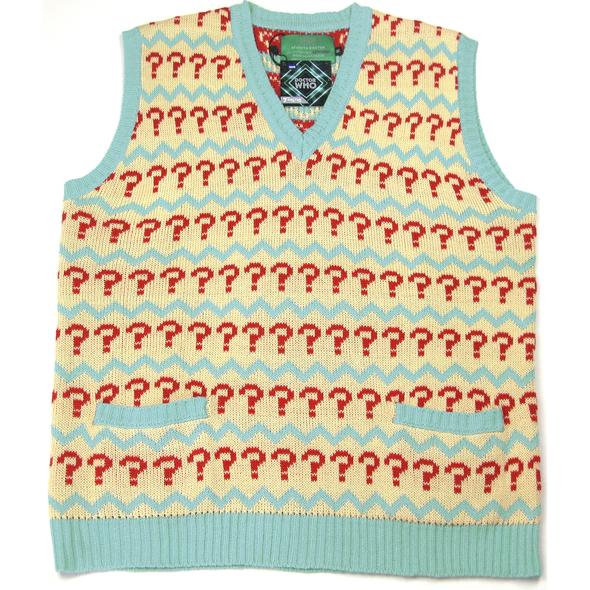
Seventh Doctor jumper – order now from the Lovarzi shop!
Shop on Amazon
Latest posts…
- Doctor Who: Ranking all of the Auton stories
- 3 problems faced by Doctor Who showrunners
- Doctor Who: Ranking all of the classic Sontaran stories
- Is Doctor Who Season 13 the pinnacle of the Tom Baker era?
- Doctor Who: Is Wild Blue Yonder a modern day classic?
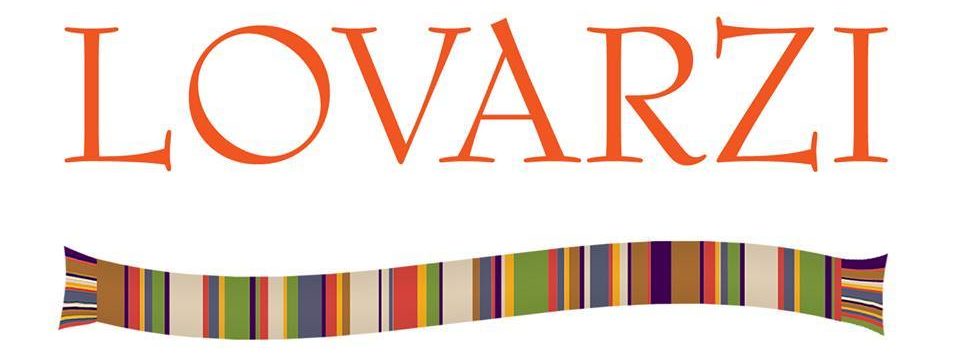

Hello there! First time commenter, but have been reading the blog for several months now. Loving it, I’ve learned some very interesting things about Doctor Who from here!
As an American introduced to Doctor Who in the early 2010’s, it wasn’t until after I saw Human Nature/Family of Blood that I learned about the novels- something I’m sure wasn’t published across the pond here. I thought the TV version was an interesting story, but I’m rather keen on reading the original for myself to see which one I prefer. It also strikes me as odd, but not surprising, that there’s two versions of the same story, but with some marked, even stark differences. It probably doesn’t matter which one is “canon” per say, given Doctor Who is home to innumerate (probably) timelines, dimensions and universes. I mean, we’ve got Jubliee and Dalek, for example, though I think the latter is so greatly changed from the original that both stories could have plausibly happened in the same timeline or whatever it may be, but then you have Spiral Scratch and Big Finish’s Six Doctor’s L:ast Adventure, and, from what I know, this has been explained away as being in different dimensions- something that comes into play in Spiral Scratch itself apparently with several different versions of Old Sixie coming together, and others winking out of existence entirely.
Still, I’m very excited to be able to finally read it- thank you for providing an archive link to a Ebook version. Physical novels of Doctor Who are pretty much not a thing where I live, even moreso with those older Virgin novels and the like. I’ll plop this onto my device and have a good read. And hey, if there are any other Doctor Who novels you recommend, I’m all ears and eyes. I’ve read Engines of War, Scratchman, and even some brilliantly done fanstuff like the Seasons of War Anthology, and that Lovarzi story compilation from the email promo some time back- that’s how I came to find this blog in the first place! Great stuff all around. Cheers from New England, as opposed to Ye Olde England! – Jamie K
Thanks so much for following us, Jamie! Sorry to hear that you have a hard time getting hold of the physical books, but good that you can at least access some of the digital. My personal favourite of the Doctor Who novels is The Bodysnatchers (a BBC Books Eighth Doctor adventure) but I don’t know how easy it is to come by. I haven’t read Scratchman yet, so I’ll definitely be adding that to the list.
And yes it can be a bit of a headache trying to canonise the seemingly contradictory stories!! As you say, it probably doesn’t matter too much if they’re still enjoyable in their own right.